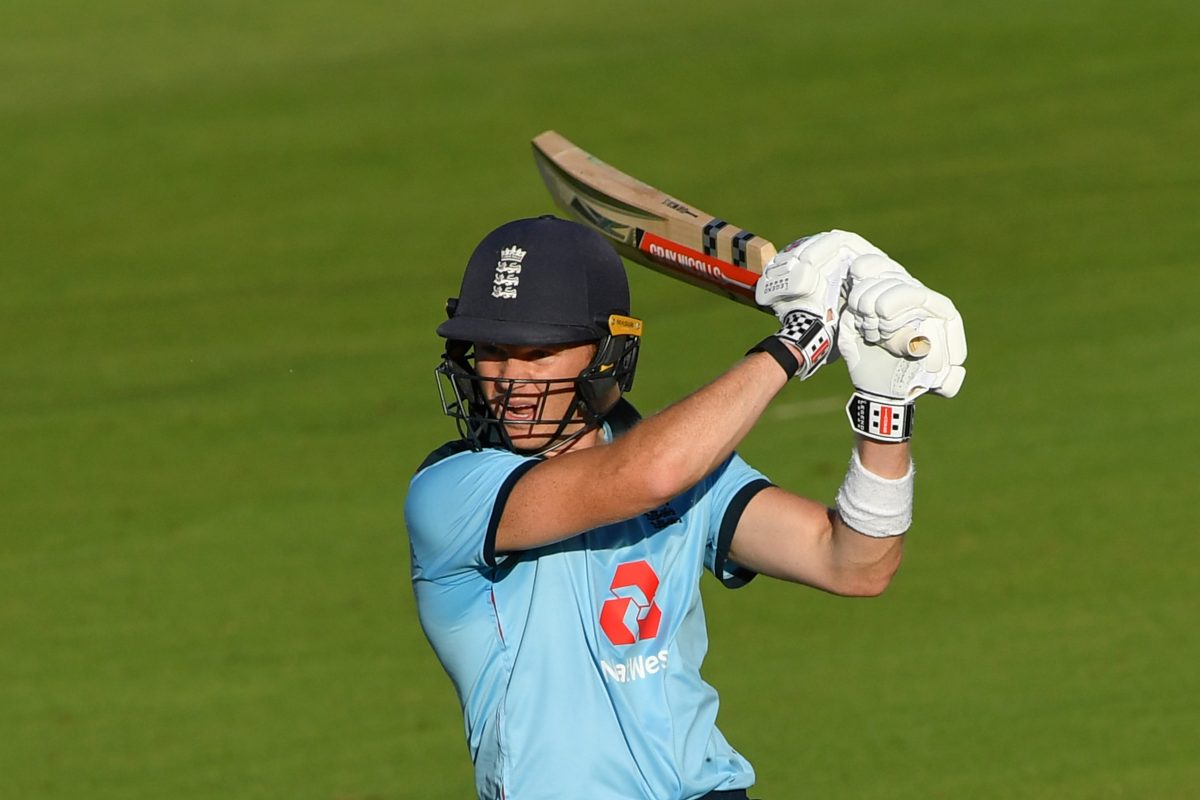Former Pakistan captain Bismah Maroof announces retirement
Former Pakistan women’s team captain Bismah Maroof announced her retirement from all forms of cricket with immediate effect.
But as the summer’s Tests end, attention will shift to the Indian Premier League, set to commence in the United Arab Emirates next month and to last until November 10. The tournament will see many Indian and international stars dust out their kit bags for the first time in months. While cricket in England was played sans spectators, the Emirates Cricket Board hopes the games will see at least some viewers and estimates of between 30 and 50 per cent attendance have been offered, subject to government approval.

(Photo by Mike Hewitt / POOL / AFP)
Cricket’s return this season has been marked by two gripping Test series played in England. The host country won both, but their opponents, especially the West Indies in the first Test and Pakistan in snatches, showed they were not pushovers. The English summer of 2020 will be remembered though for two exceptional events ~ first, the enactment of contests without spectators and second, the remarkable achievement of James Anderson in becoming the first fast bowler in history to claim 600 Test wickets. Anderson has sometimes been derided for being a “home series” bowler; certainly, the fact that almost two-thirds of his wickets have been claimed in England would lend weight to that argument. But anyone who witnessed the peach of a delivery with which he claimed the wicket of Sachin Tendulkar at the Eden Gardens in 2012 will accept that his mastery over line and swing has been impeccable wherever he has bowled. This champion performer is still going strong at 38 and hopes to figure in England’s Ashes tour next year.
But as the summer’s Tests end, attention will shift to the Indian Premier League, set to commence in the United Arab Emirates next month and to last until November 10. The tournament will see many Indian and international stars dust out their kit bags for the first time in months. While cricket in England was played sans spectators, the Emirates Cricket Board hopes the games will see at least some viewers and estimates of between 30 and 50 per cent attendance have been offered, subject to government approval. This will certainly bring some buzz back to the arena. The IPL is quite different from Test matches, offering instant noodles in place of gourmet food and is governed, dare we say, in a more relaxed fashion. And while the shenanigans across the boundary rope offer the cricketing equivalent of canned laughter, the contests do generate spectator involvement. Thus, to fans starved of cricket, the IPL will offer both respite and entertainment. Additionally, the Emirates, unlike South Africa where one edition of the IPL was played, has a large Asian diaspora that will be quite keen to view the action.
While organising the IPL remains the abiding passion ~ and arguably the highest priority ~ of the Board of Control for Cricket in India, if only for the revenue it generates, larger questions on conduct of Test matches have only partly been addressed by the summer in England. The organisation of tours will now depend on the willingness of host countries, the restrictions they impose, and the acceptance of these by visiting teams. But equally it will depend on the revenue model that cricket boards devise to offset the cost ~ in terms of money and opportunity ~ they will incur on quarantine extended programmes and losses they may incur in
terms of ticket sales. If these considerations shift emphasis away from Test cricket to jamborees like the IPL, the game will be poorer.
Advertisement
Advertisement